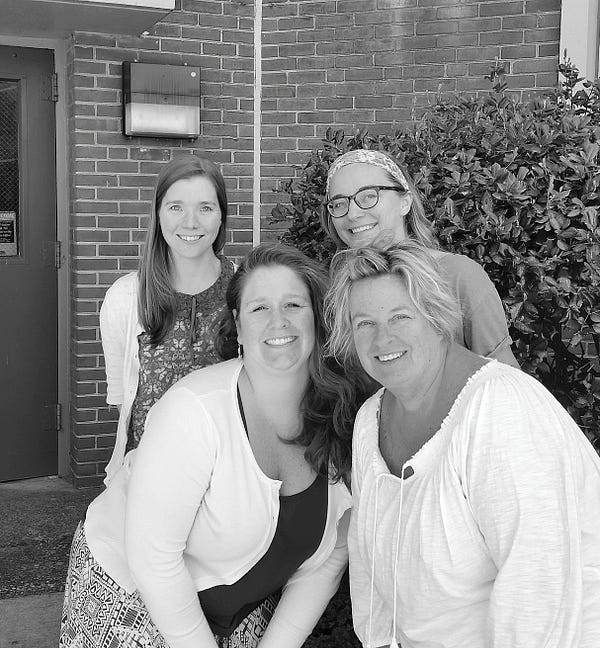Connecting to Curriculum with Arts Integration
Integration helps diminish barriers some students experience in accessing curriculum
Arts integration has been an initiative in Anne Arundel County Public Schools for nearly a decade. At Wiley H. Bates Middle School, a performing and visual arts magnet school, we define arts integration as using art techniques to access Common Core standards and curriculum. By using arts integration lessons, we are able to increase student engagement while decreasing student behavioral issues within the classroom. Using arts integration also creates a more global and holistic learning environment for our students. Teachers make an effort to use arts integration to reach all student populations, including students with special needs, students learning English as a second language, and students with behavioral challenges.

At Bates, there is a specialized program called the Alternate Curriculum Class (ACC) for students with significant cognitive disabilities who receive instruction from a modified curriculum with intensive supports. The arts are frequently integrated into these classes to successfully engage students in the learning process. Regardless of a student’s ability, all students in this class have been able to access the curriculum through the use of our lessons.
For example, while students learned about the water cycle, they simultaneously participated in a lesson focusing on puppetry. Students went on to create their own hand puppets, reflecting their knowledge of the water cycle stages. Students then created a script for each puppet that centered on the stage of the water cycle which their puppet represented.
This lesson not only reinforced vocabulary and increased students’ understanding of both the water cycle and puppetry, but also allowed them to practice fine motor skills, writing skills, and speaking and listening skills.

Other examples of arts integration within the ACC include lessons surrounding culinary arts using measurement and sequencing; poetry and visual art with the end product being a published book; a theatrical performance of a fractured fairy tale about pollution; a math, science, and mosaic design project that resulted in a community spiral herb garden; multiple creative dioramas combining environmental science and design; and many more!
In November of 2016, a partnership was created between the ACC students and a group of seven general education students who had consistently struggled to collaborate positively with peers. These students resist group work and have difficulties working with a team in a respectful and productive manner. They were given the opportunity to be student leaders in the classroom through collaboration on an architectural design project involving the use of organic biodegradable materials.
During the project we observed the general education students being cooperative, kind, and engaged while assisting the ACC students. After several collaborations, general education teachers noticed an increase in a majority of students’ positive interactions within their classrooms. These students were more willing to work with others, and they even self-reflected on the experience, saying, “I am learning more about myself and how I can be nice to people.” The use of arts integration contributed not only to an increase in content knowledge but also improvement in the students’ interpersonal skills.
In our experience at Bates, we have found that arts integration diminishes students’ barriers to accessing the curriculum. The collaboration promoted important life skills and empathy among diverse student groups. We hope that these projects can serve as a model for other schools hoping to increase student engagement and cross-curricular connections.

